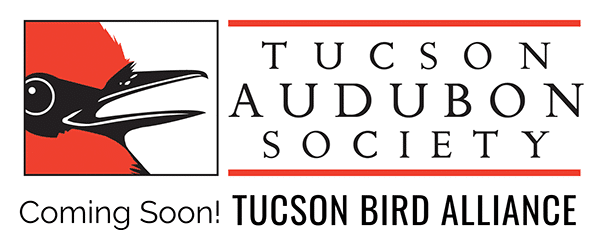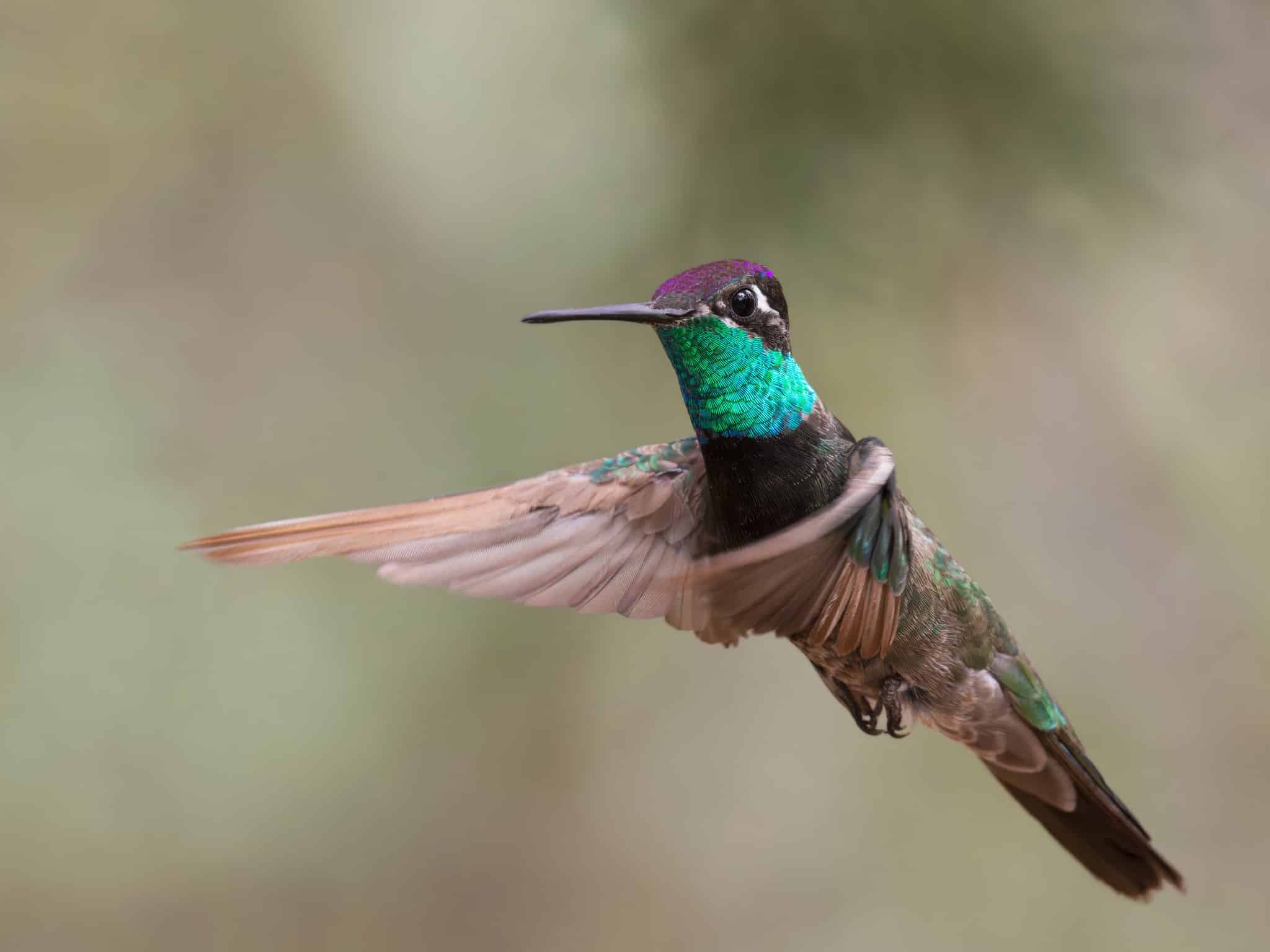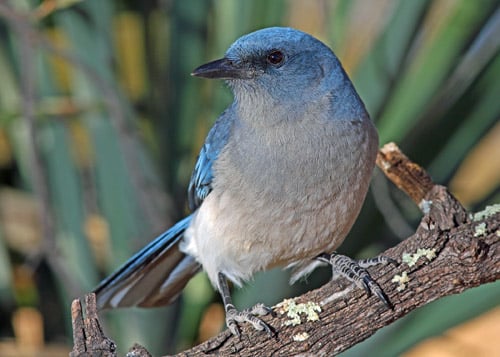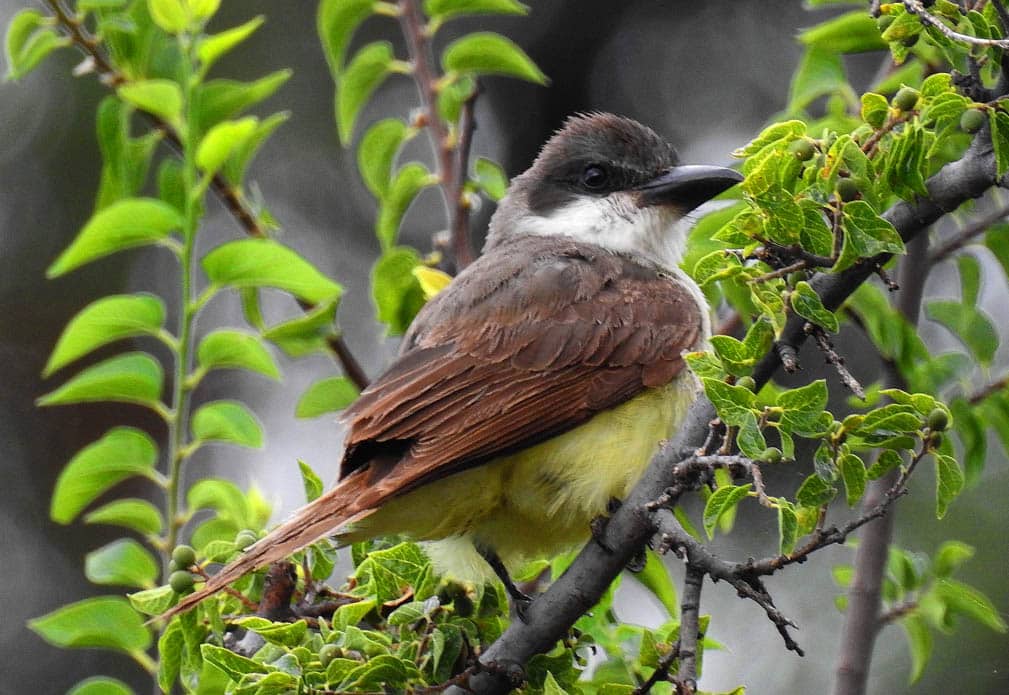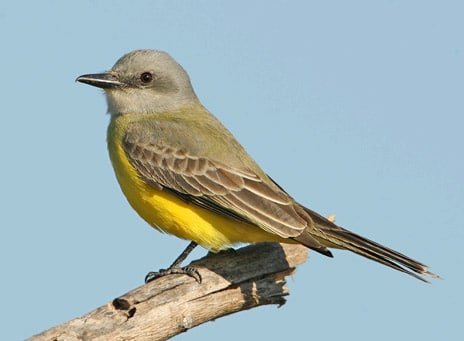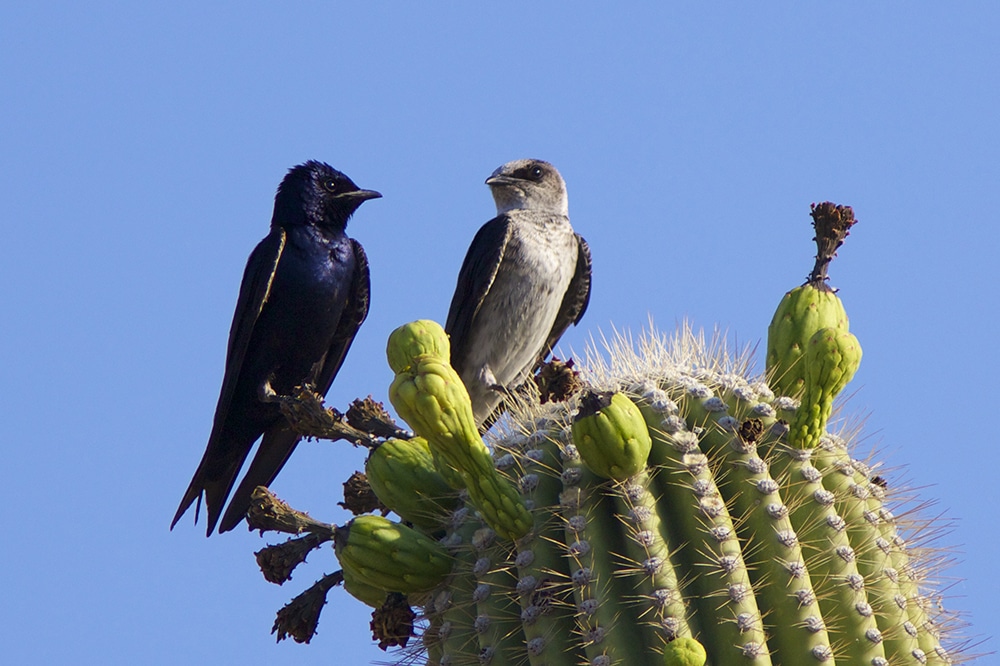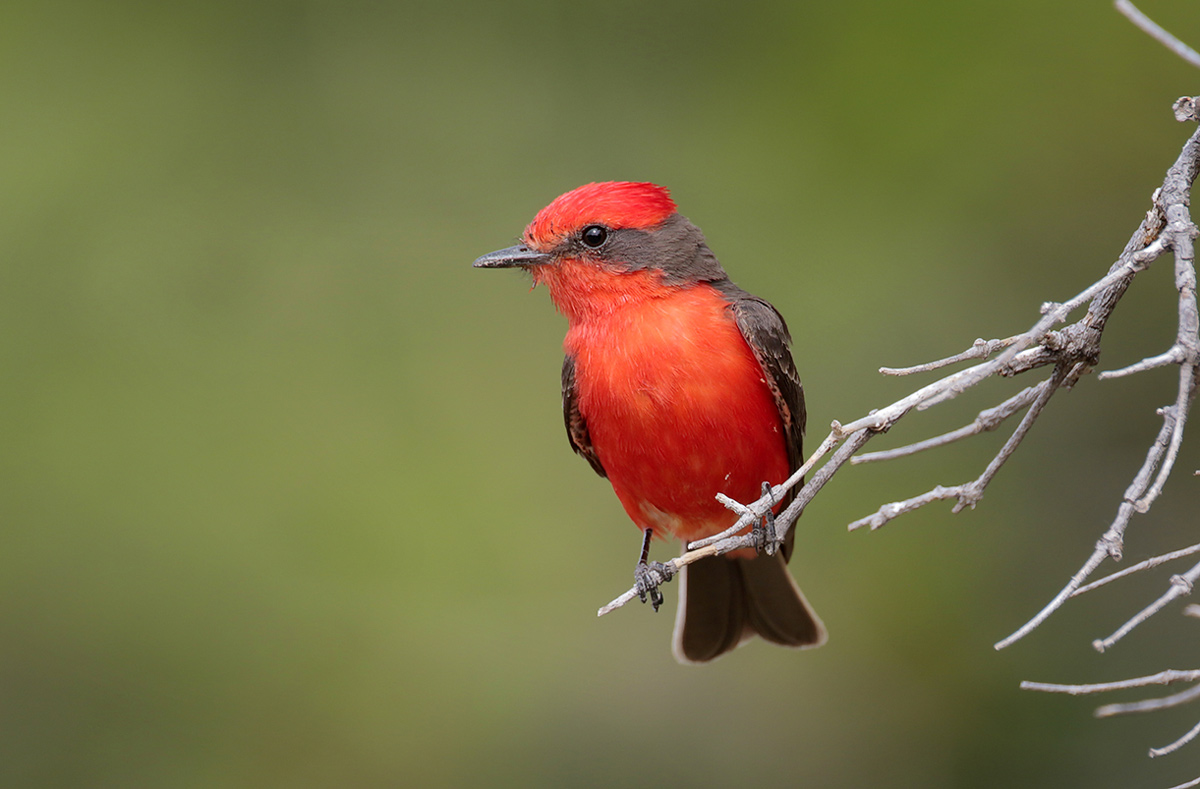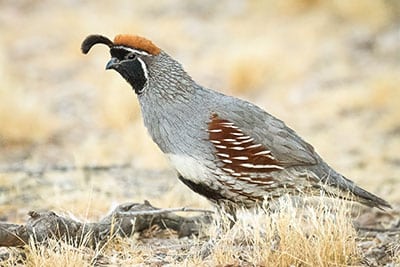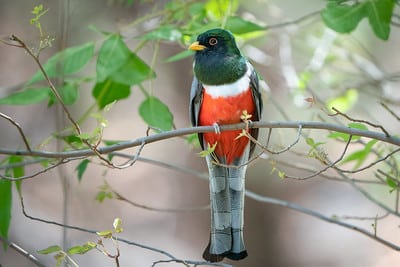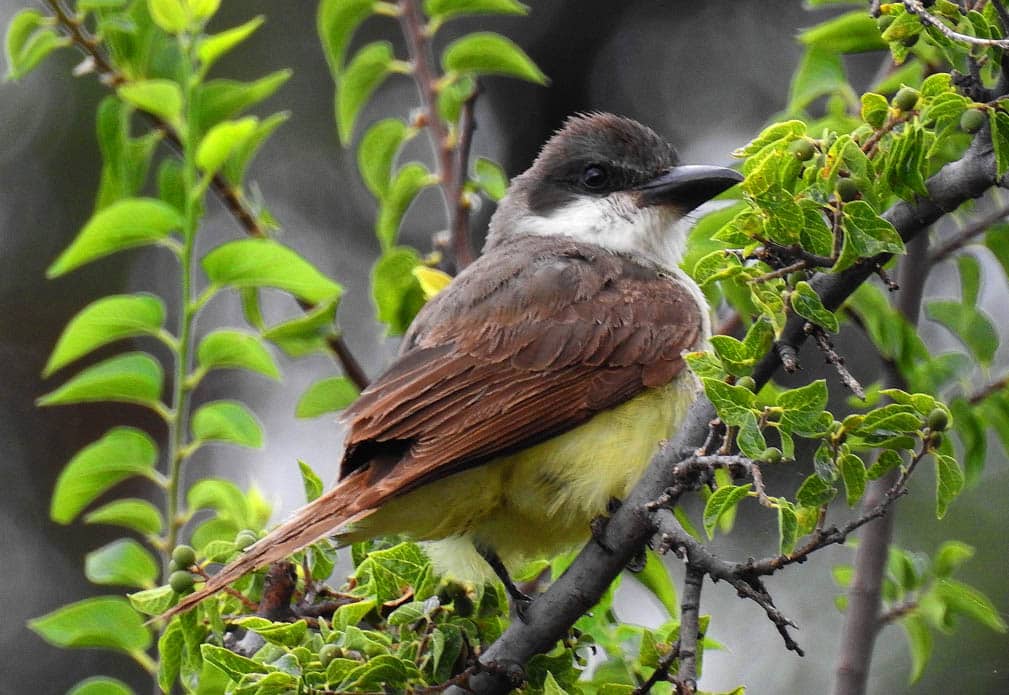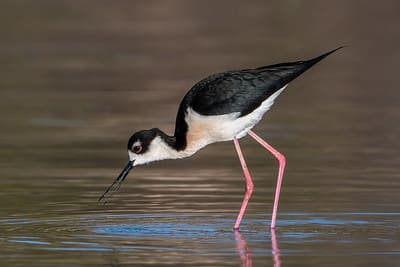Difficulty: Easy. This trip is designed to be intentionally inclusive and accessible for beginner and advanced birders who experience accessibility challenges as a result of a disability or other health concern. No bathrooms at the lodge feeders.
Join Kim and Marcia for a 90 minute “Big Sit” at the Santa Rita Lodge feeders. We will enjoy the variety of birds at the feeder station, where benches are available. Possible birds include Rivoli’s Hummingbird, Acorn Woodpecker, Mexican Jay, and Hepatic Tanager. Drive time to the meeting location from festival venue is about 55 minutes, specific meeting instructions will be emailed beforehand. Limited to 8 participants.
Rivoli’s Hummingbird by Fred Mitchell
